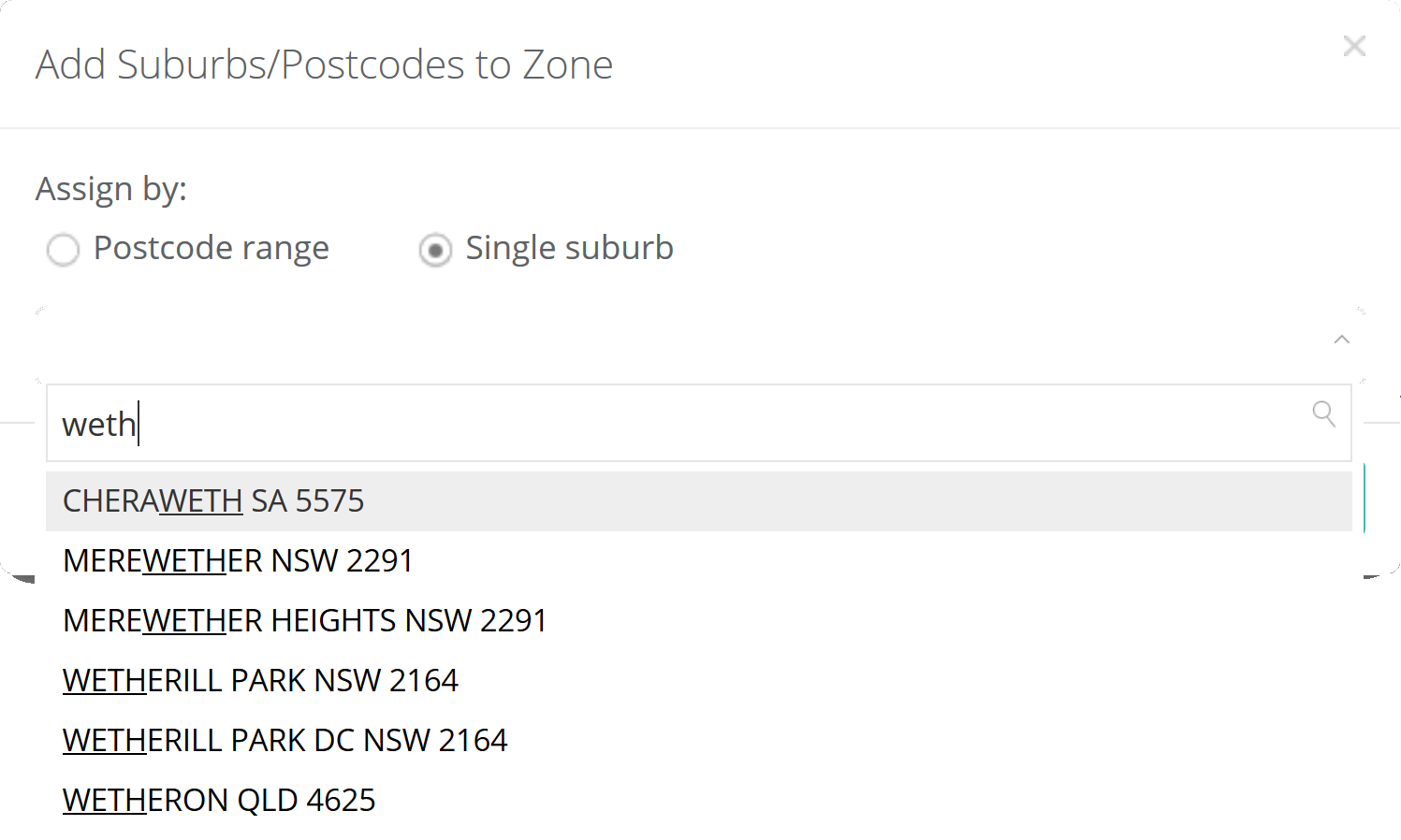The Transfocus pricing and rating system has been designed to be a framework enabling full automation, with the key goal being preventing revenue leakage through missed charging opportunities.
For logistics companies currently manually pricing jobs using popular accounting packages like MYOB and Xero, moving to full automation can seem daunting so the Transfocus system fully supports your familiar manual pricing but also provides the tools that allow incremental steps to achieving automation.
For transport and logistics businesses already familiar with automated pricing much time is spent finalising pricing, ensuring the right information has been entered and any additional charges have been captured. The Transfocus fully integrated mobile phone delivery App is an efficiency game-changer enabling the driver to record any additional activities, and/or the time taken, both waiting and travelling, directly in the App, enabling our TMS to automate the recording and billing of optional charges, charges that may only apply to certain customers.
Manual Pricing
Logistics companies using MYOB and Xero will be familiar with setting up pricing codes to charge customers, however careful attention is needed to ensure the right code is applied to the right job. Transfocus has simplified manual pricing by allowing a single master set of pricing codes with standard company pricing. When a customer has a special rate, their own rate can be setup in the customer record using the same code, so when the pricing code is added to a job the system automatically uses the correct rate for that customer.
Service Based Pricing
Traditional logistics service based pricing is used for a job that is required to be delivered within an agreed time-frame, or when specialised equipment is required to carry out the job.
In our TMS each of your customers can have their own service codes to suit their business, ones that are typically aligned with the service time-frame or equipment utilised. Examples include:
- General, Express
- Same Day, Next Day, Overnight
- 1 Tonne, 3 Tonne, 5 Tonne
Hourly Charges
The Transfocus TMS automatically records the time drivers arrive and depart from both the pickup and delivery locations, and for companies who are charging based on time, or charge waiting or loading/unloading time, our system can be configured to prompt the driver to enter and confirm both the arrival and departure times in the Transfocus mobile phone app.
With this information captured by the driver the system can then calculate the hours, both the travel time and the time spent on site, for both the pickup and delivery. This provides the full flexibility to charge your customers based on actual time, or to include the time to go to and from the depot, which is particularly useful if the drivers are not starting jobs from the depot.
Break Rates
Many transport and logistics companies use break rates, or stepped reduction in the price, most often applied to the number of items or pallets, but on the Transfocus Transport Management System these can also be applied to the distance travelled or time taken.
Zone Based Pricing
Addresses can be easily assigned to pricing zones, enabling the automatic calculation of rates for delivery between any two locations. This enables your users to create rate schedules between towns, between cities, or to different areas within city.
Creating a pricing zone is quick and easy to setup, by either postcode range or suburb.

Automation Of Additional Charges
The fully integrated proof of delivery app is highly configurable and can be setup to suit the workflow of any mode of transport.
Each company can create a master list of activities that a driver may sometimes need to do on pickup or delivery. The drivers simply record any activities in the Transfocus mobile phone delivery app and the drivers do this without needing to know how the customer is charged. The app can be configured to prompt for the necessary information to facilitate appropriate billing.
Per Kilometre Charges
Every time an address location is created in the system the exact location is displayed on a Google Map so, for every job, the system can determine the exact number of kilometres between the pickup and the delivery location.


